Post by Jonathan Palacios, undergraduate in Psychology pursuing an Interdisciplinary Neuroscience minor at Portland State University. Jonathan is a BUILD EXITO and U-RISE scholar working in Dr. Angela Ozburn’s substance use disorder research lab at OHSU.
Discovering Science
Being born in a small country was a factor that defined my perspective on research.
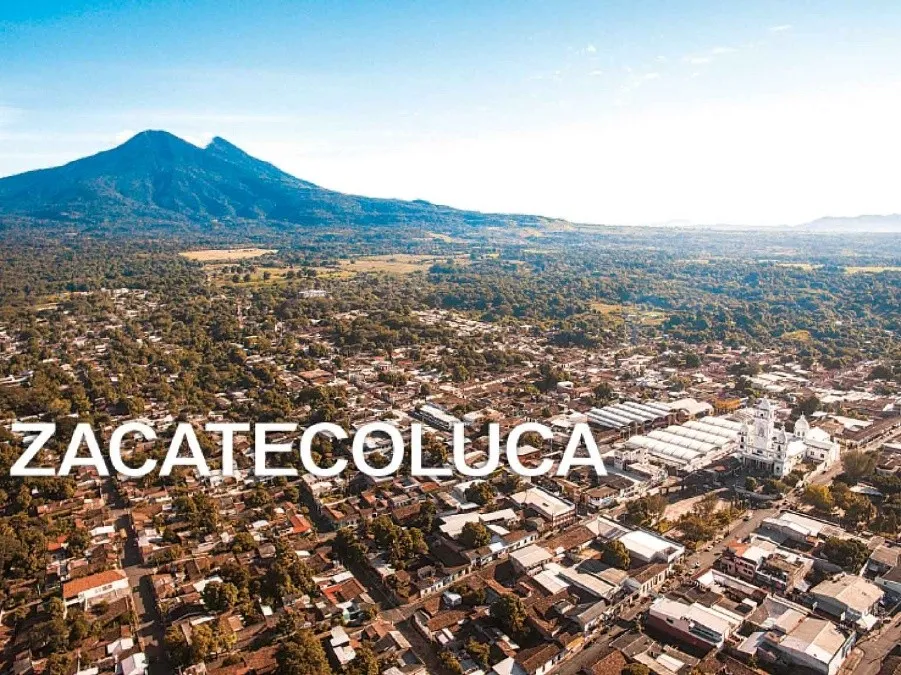
I was born in Zacatecoluca, a small town in El Salvador, and growing up I never thought science would become relevant in my academic or professional life. In school, the most renowned Salvadoran figures were artists, poets, writers, and priests. There was no recognition of scientists. Therefore, science became simply a subject I had to pass. Sure, it was easy to remember the three states of matter, or the temperature at which water freezes, but for me, science seemed to prioritize memorization of facts over discovery and critical thinking. Thus, I was inclined towards mathematics because memorizing the formulas and working with them came naturally to me. As a result, I was growing up with the idea that I wanted to be a math teacher because there were not many other options. It was a small country, and so were the opportunities. I felt like a bird in a cage, but I wasn’t sure I liked that cage.
“Hay que exigir a cada uno lo que cada uno puede hacer.”
— Excerpt from The Little Prince. The Little Prince is a classic children’s book with universal themes of love and the search for meaning, written by French author Antoine de Saint-Exupéry and inspired by his experiences as a pilot. Its cross-cultural origins, with Saint-Exupéry’s Salvadoran wife, add depth to this timeless tale that is very meaningful to me.
(“One must require from each one the duty which each one can perform.”)
LEARN MORE: The Little Prince
LEARN MORE: El Salvador
Once I moved to the US and started high school, I became highly interested in science.

In my AP Psychology class, I was introduced to the fascinating world of neurons, synapses, behavior, sleep, and many other topics. I remember sketching out the structure of a neuron and learning about its different parts and functions, which sparked a chain reaction of curiosity within me.
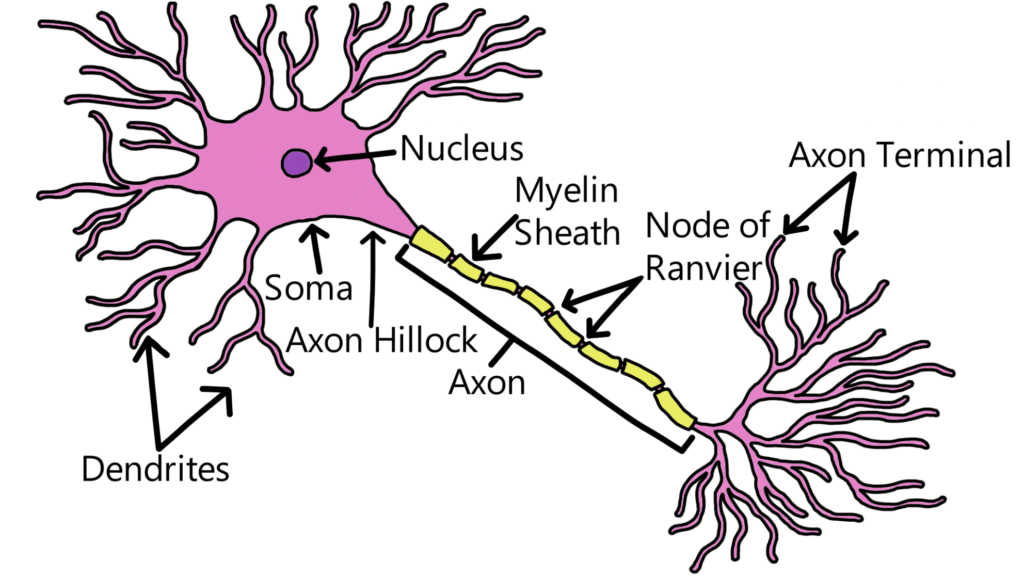
From there, I was more invested into the fields of psychology and biology, and then chemistry and physics. It became clear that I wanted to pursue a career in science, specifically in the field of psychology/neuroscience, not only to comprehend how things worked, but also to comprehend the methods used to determine how they worked.
From Chemistry Class to Research Community
When I started college, I wanted to be a scientist.
Whatever that meant; I wanted to be one. In my general chemistry class, my professor mentioned a program for underrepresented students in the biomedical field. The program was called BUILD EXITO, and the goal of the program was to provide an opportunity for students to learn about research and the paths that exist in the biomedical field, as well as to develop professional skills. When I joined the program, I was not sure where I was heading in my path. I was also not convinced that research was something I would be passionate about, mainly because I did not know what it involved. However, in our weekly Enrichment sessions throughout the first year of the program, we were exposed to different topics that included professional skills (i.e. forming professional relationships, networking, presenting yourself, etc), career and degree options, identity development (finding your own path), and academic culture. Additionally, I met monthly with both a career mentor and a peer mentor, who provided academic, personal, and professional support to me. At the end of fall term, I knew I wanted to continue my research path. During winter term, I had the option to apply for phase 2 of the program, which consisted in getting hands-on experience by being placed in a Research Learning Community (RLC) during the second year. I was fortunate to have been offered a place in the U-RISE program, which is affiliated with the BUILD EXITO program. However, U-RISE is designed for students who plan to pursue a PhD or MD-PhD, and it’s also more intensive, with the program starting in the summer.
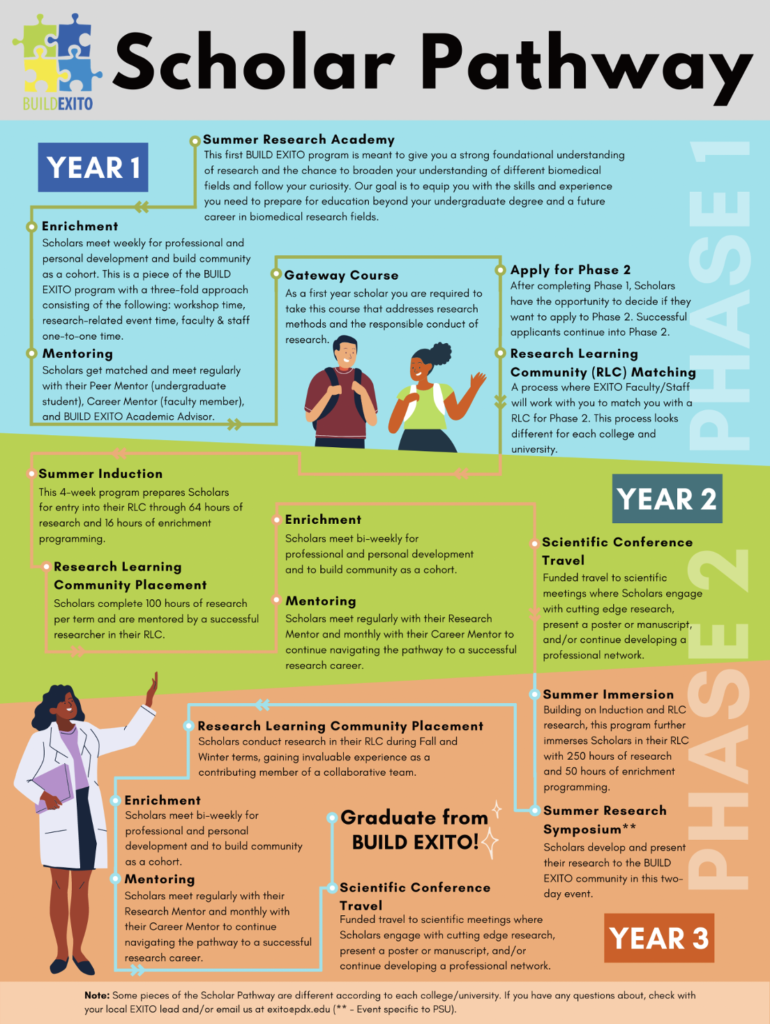
During the summer of 2022, I began conducting research in a behavioral neuroscience laboratory at OHSU. At the time, I had only a vague understanding of what research really entailed.
My BUILD EXITO Enrichment sessions had given me some insights into what research could look like, but I still imagined it was all about people in white lab coats doing experiments to figure out the answers, or people working all day analyzing data. I also assumed that each lab would focus exclusively on one project, completing it before moving on to the next, and that everyone in the lab would be working on that same project. Despite some exposure to information about research, I had little understanding of the actual workflow in a research laboratory.
At the same time in the summer, I was busy preparing for my first research symposium.
We had immersion sessions twice a week in the EXITO/U-RISE program. In those sessions we discussed topics related to scientific development and understanding science. We were grouped with EXITO cohort 6, and together, we worked on different tasks like writing our own specific aims section for a grant. Although it was just for practice, it allowed us to see what it takes to develop a logical study/experiment proposal. We also worked on our presentations and posters, and we worked with each other to provide feedback and ideas on how to give a good presentation at the EXITO/U-RISE symposium. At the end of the summer, we finally gave our presentations and exhibited our posters. I had learned a lot!
Expand your knowledge
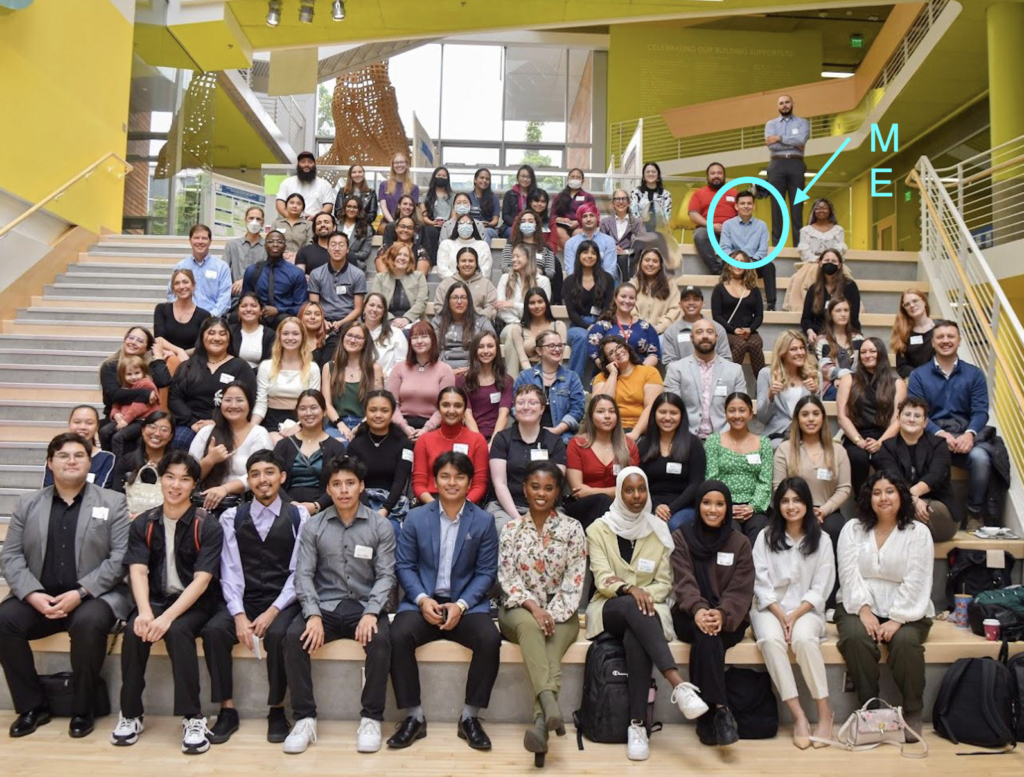
LEARN MORE: U-RISE (Undergraduate Research Training Initiative for Student Enhancement) Program
LEARN MORE: Ozburn Neurobiology of Addiction Lab @ OHSU
LEARN MORE: BUILD EXITO Scholar Enrichment
Trainee Experience: Western Blotting and Neuroscience
Now, as a research trainee in the Ozburn Lab at OHSU, I have the opportunity to be involved in the research process and learn about what it means to conduct research. I have learned that research is a process requiring curiosity, investigation, and exploration. It involves generating new knowledge, testing hypotheses, and answering questions that have not yet been fully explored. Research can take many different forms, from laboratory experiments to surveys and interviews, and can be conducted in a wide range of fields, from biology and psychology to economics and history.
In my opinion, one of the most important aspects of research is the ability to think critically and creatively, not just to find the most relevant and groundbreaking facts. It’s about looking for answers that might provoke questions that are not even being asked regularly.
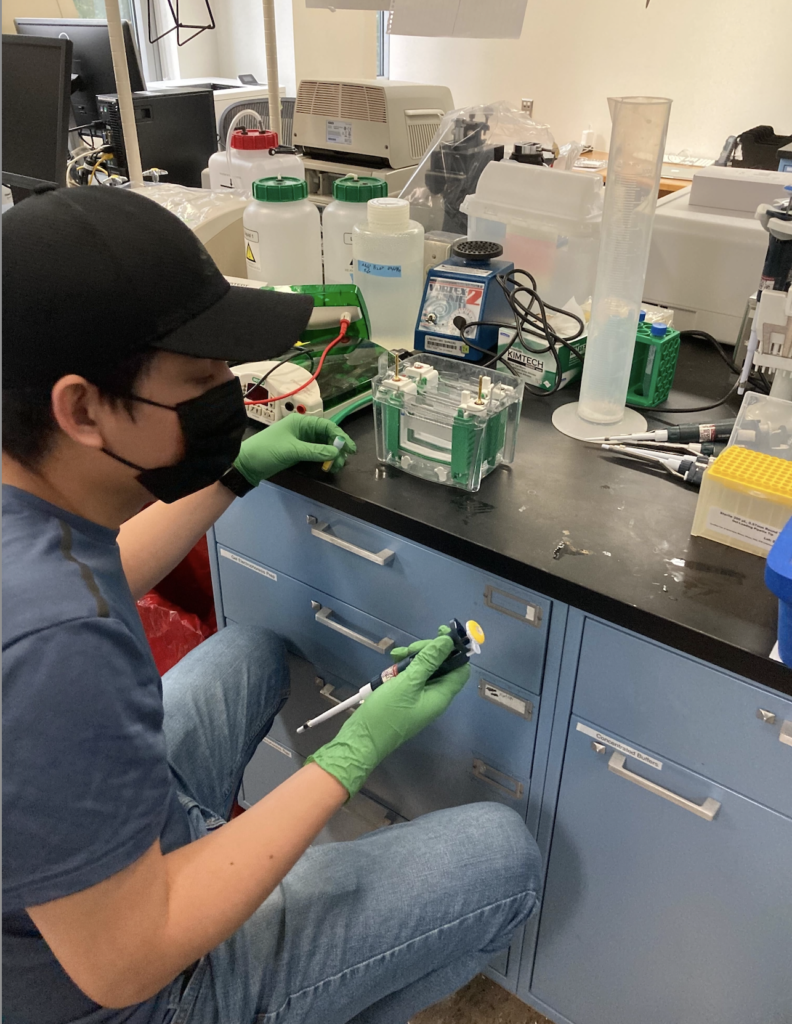
As a research trainee, I have had the privilege of contributing to an ongoing study exploring the effects of metformin on acute and chronic alcohol binge-like drinking on inbred high drinking in the dark mice. That may sound confusing, but it is quite simple.
There is a strain of mice that has been selectively bred to drink alcohol to intoxication and the strain is called High Drinking in the Dark (HDID). HDID mice are an important genetic animal model for alcohol use disorder that the Ozburn lab uses to study the genes and brain circuitry that underlie harmful drinking and substance use, in order to identify and test novel potential therapies.
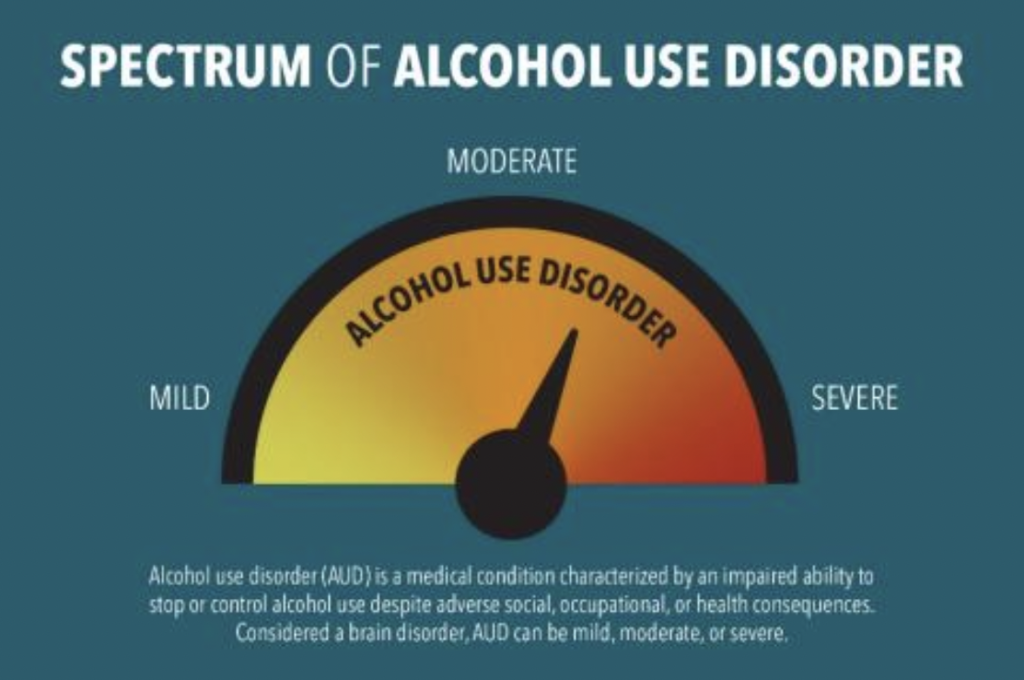
I am involved in two studies to test the effects of metformin, a potential therapy drug for reducing harmful alcohol drinking. One experiment is testing the effects of metformin in an acute experiment (where mice voluntarily drink for 4 days), and the other is testing the effects of metformin in mice that had been chronically drinking (6 weeks, 4 days/week). For each study the mice were given metformin prior to their last drinking session. Together, these studies will help us better understand whether metformin can reduce harmful drinking across a spectrum of drinking histories.
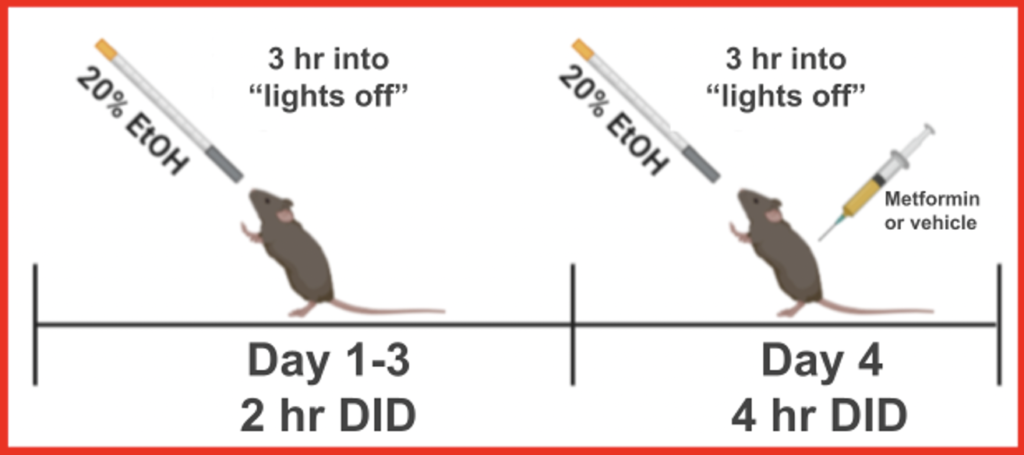
For this study, the question is whether metformin can reduce alcohol drinking, and whether it does that by impacting a chemical known as 5′ AMP-activated protein kinase (or AMPK). AMPK can by “activated” by the addition of a phosphate group (it can be phosphorylated to pAMPK), which changes its shape and its function, allowing it to alter glucose metabolism and other important aspects of cell metabolism. Metformin is used to treat Type II diabetes, as well as several forms of cancer.
LEARN MORE: Genome-Wide Expression Profiles Drive Discovery of Novel Compounds that Reduce Binge Drinking in Mice
LEARN MORE: Metformin and Its Benefits for Various Diseases
LEARN MORE: The mechanisms of action of metformin
LEARN MORE: Metformin
Results from previous experiments indicated that metformin decreased both acute and chronic alcohol consumption in high drinking in the dark mice. It was also shown that metformin reduced cue-induced reinstatement of cocaine use in rats (i.e., these rats were less likely to relapse in response to cues linked to their prior cocaine use after receiving metformin).
Other studies linked AMPK activity in a part of the brain involved in motivational behavior known as the nucleus accumbens to cocaine seeking behavior, but further testing relating metformin to AMPK activity needs to be done. So, we are looking at AMPK and pAMPK levels in the nucleus accumbens to test whether metformin reduces alcohol drinking through AMPK related mechanisms.
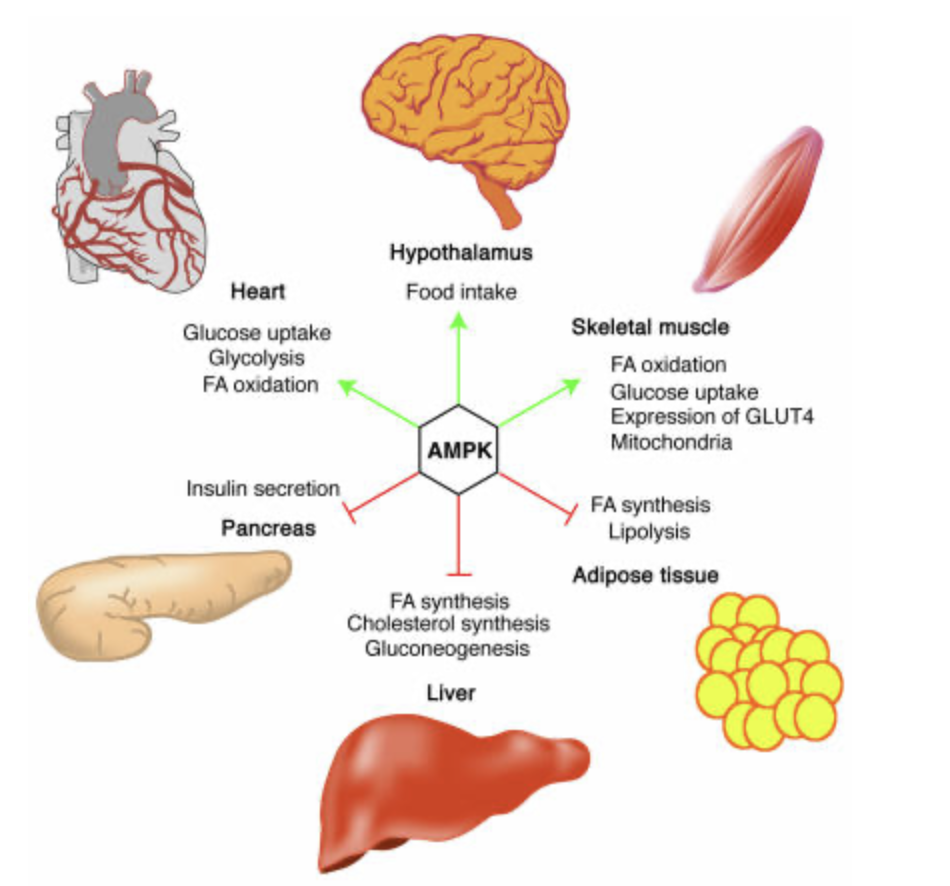
LEARN MORE: Resilience to Meet the Challenge of Addiction
LEARN MORE: High Drinking in the Dark Mice: A genetic model of drinking to intoxication
LEARN MORE: The nucleus accumbens: an interface between cognition, emotion, and action
LEARN MORE: Metformin in nucleus accumbens core reduces cue-induced cocaine seeking
LEARN MORE: AMPK Activators as a Drug for Diabetes, Cancer and Cardiovascular Disease
In order to find that answer, we are looking at the difference in the relative amount of AMPK and pAMPK present in the nucleus accumbens, using the western blotting technique.
What’s a Western Blot?
Here is a visual representation of the western blotting technique:

The process of western blotting involves several steps.
Firstly, the brain is cut into multiple slices (Step 1). Then, tissue from the region of interest (in this case, the nucleus accumbens) is collected and homogenized in a microcentrifuge tube to extract the proteins (Step 2). After measuring the protein concentration (not shown in picture), equal amounts of protein are loaded onto gels for gel electrophoresis (Step 3), a process in which an electric field is applied to separate the proteins by size as they migrate through the gel matrix at different rates.
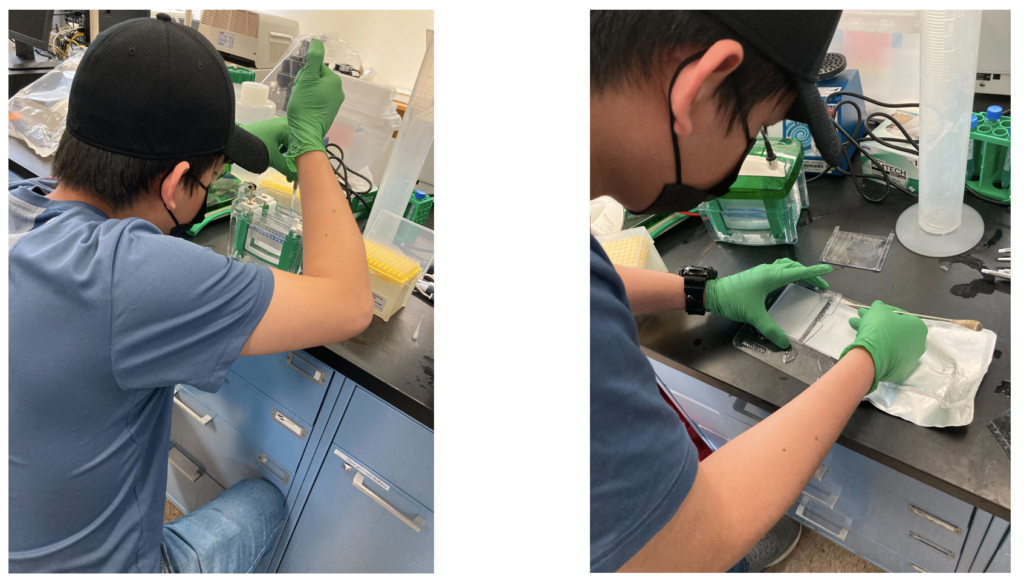
The gel is then transferred onto a membrane, a step called transfer (Step 4), to enhance detection of the target protein. Next, a blocking buffer solution is applied to prevent non-specific binding of proteins, and then a primary antibody is added to specifically bind to the target protein (step 5). A secondary antibody is then added to bind to the primary antibody, which acts as a visible signaling molecule that can be detected to determine the amount of protein present (step 6).
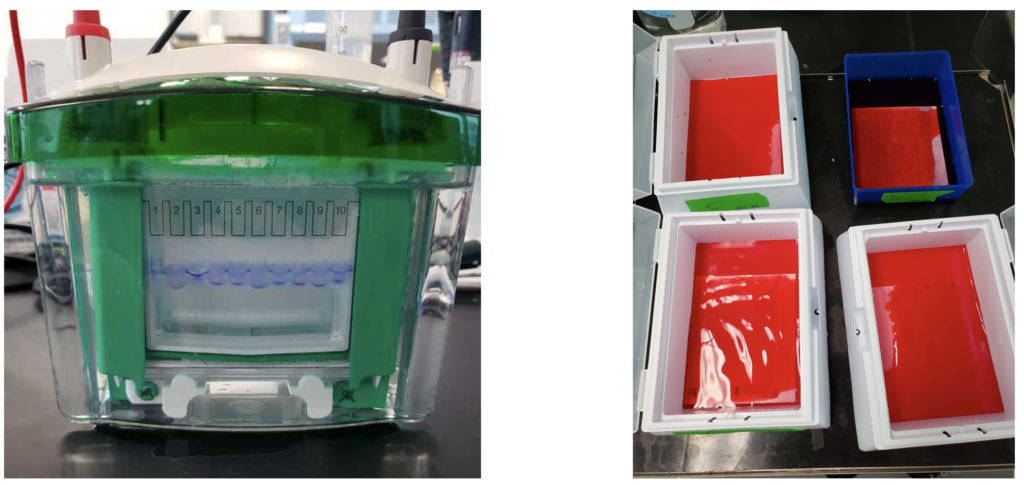
This is what I am currently doing as part of my training.
This experience has allowed me to develop valuable research skills, deepen my understanding of neuroscience, and contribute to an important area of inquiry. As part of my role in the study, I perform various tasks such as homogenizing brain tissue, running western blots, and analyzing the resulting images to quantify the target protein levels. At first it was difficult for me to understand what I was doing, conceptually, but I eventually understood it more as I repeated the process multiple times.
LEARN MORE: Western Blot: Technique, Theory, and Trouble Shooting
The Ozburn Lab: Beyond Research
Although my time in the lab has involved more than just performing Western blotting, I have found that building relationships with the people around me has been invaluable.
As my mentor, Dr. Kolter Grigsby has provided me with hands-on training with western blotting, but he is also my go-to person whenever I have questions about the project or need general advice. In addition, I meet with my principal investigator (PI), Dr. Angela Ozburn, every two weeks. During these meetings, I receive support and guidance on various topics, including lab-related and academic matters, as well as research and career development. The relationship with both of them helps me grow as a trainee and as a student. In addition to that, I get involved in some of the projects that the other members of the lab are working on. It has helped me expand my technical skills and knowledge, as well as connect with the rest of the team at a professional level.
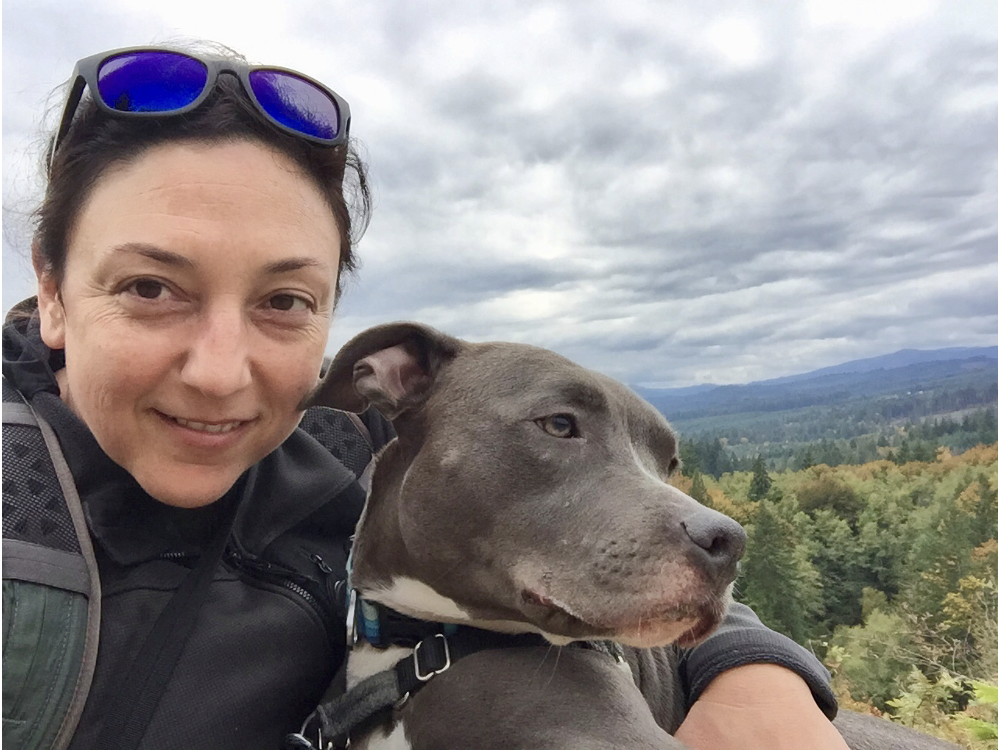
Apart from doing experiments, we hold weekly lab meetings where one of us, sometimes two, presents a topic of interest, usually related to the studies that we are working on. These meetings serve as an opportunity to practice our scientific presentations and to ask questions and/or provide feedback in a safe and supportive environment. On the other hand, we also do fun activities. During the time I have been in the lab, we have had lab dinners and a lab retreat to the Wahkeena falls. Overall, the collaboration and support have been instrumental in my growth as a research trainee because it provides me with the tools that I need to keep growing in my career as a researcher and as a neuroscientist, and on the other hand, the community bonding during the retreats have helped me have a stronger sense of community with the lab members.
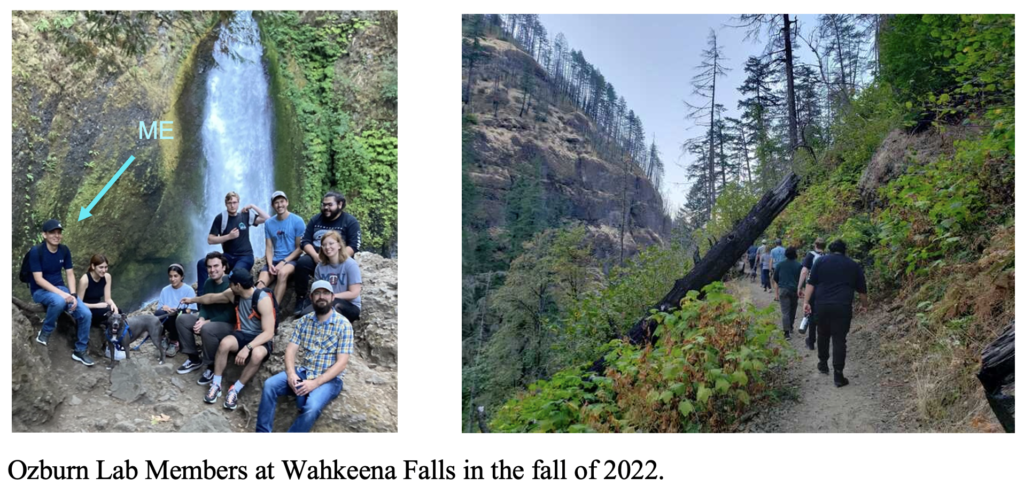
My research experience has been incredibly interesting and comfortable, thanks to the supportive environment fostered in the Ozburn lab and the guidance I’ve received from the U-RISE and BUILD EXITO programs. Throughout my journey, I’ve had phases of expanding my limits and returning to a more comfortable state with a broader perspective. Along the way, I received great advice from great individuals in my lab, who encouraged me to apply to other programs. As a result, I successfully applied and was accepted into both the McNair Scholars Program and PSU Honors Program, with significant help from my PI and mentors in the U-RISE program.
Currently, I’m learning and growing in these programs, which have provided me with new opportunities and challenges that I feel will benefit me in my future academic and career pursuits.


